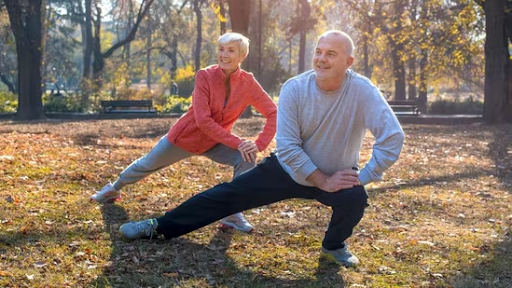The relationship between physical movement and mental states has been recognized across cultures and time periods, yet often remains underutilized in modern fitness approaches. A movement specialist who has maintained a daily practice for thirty-five years shares insights into how a specific rhythmic technique creates mental benefits alongside its physical effects—particularly valuable for mature adults seeking holistic wellness.
The practice centers on establishing a rhythmic bounce through the knees, performed from a stable shoulder-width stance and utilizing elastic rebound from connective tissues. While the physical mechanics are important, the mental effects emerge from several aspects of the movement. The rhythmic nature provides a focus point for attention, similar to breath-focused meditation but with the addition of physical engagement.
The automatic breath synchronization that emerges as proficiency develops adds another dimension to the mental effects. When breathing coordinates spontaneously with movement, practitioners don’t need to divide attention between breath control and physical execution—both happen automatically. This frees mental resources, creating a state where the mind can rest while the body works. Many practitioners describe this as meditative or contemplative despite the physical activity.
The integrated nature of the movement—when arms, legs, spine, and breath all coordinate into unified patterns—appears to create what researchers call “flow states.” These are mental conditions characterized by complete absorption in the activity, loss of self-consciousness, and a sense of effortless action. The practice’s combination of challenge (coordinating multiple body segments) and accessibility (basic movements that don’t require extreme skill) creates ideal conditions for accessing these beneficial mental states.
For mature adults, these mental benefits complement the physical ones in important ways. Improved mental clarity supports better decision-making and cognitive function. The meditative quality provides stress relief and emotional regulation. The absorption in movement offers respite from worry and rumination. The practice demonstrates that physical exercise need not be purely physical—when properly structured, movement practices can address mental and emotional wellness simultaneously with physical health.

